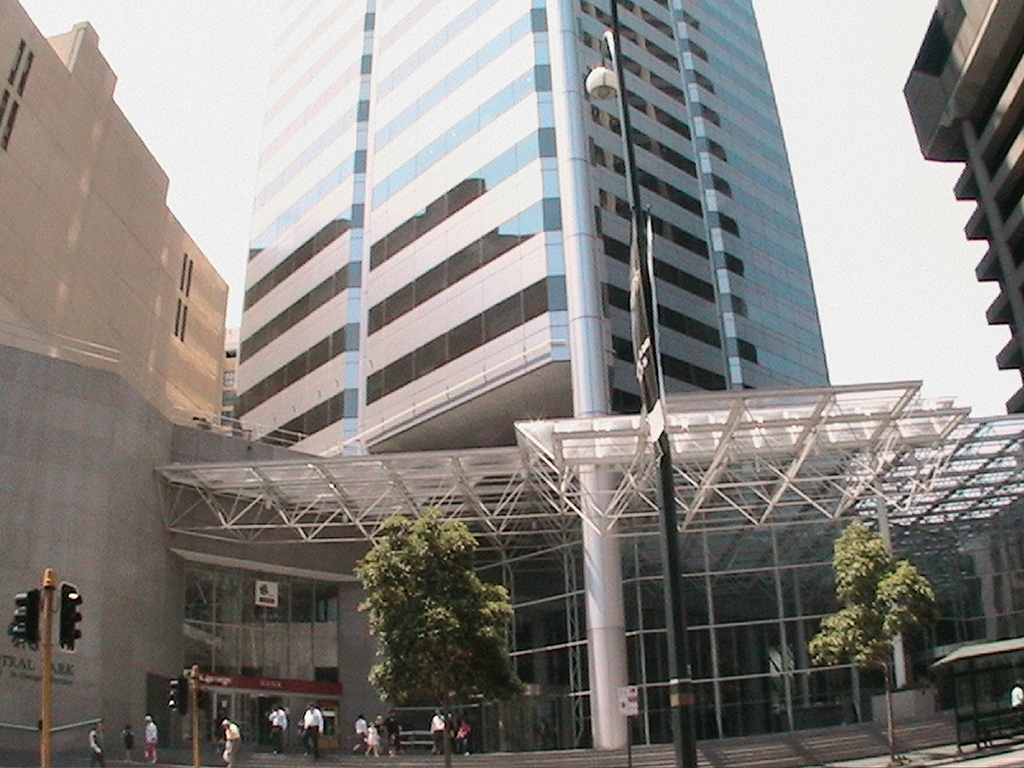The statement means that while the rate of inflation is lower, it does not necessarily indicate that prices of goods and services are decreasing. Instead, it suggests that the pace at which prices are increasing has slowed down, but the actual price levels may still be high or even stable.
This can happen for several reasons:
Sticky Prices: Many prices are ‘sticky,’ meaning they are slow to adjust downwards. Even when inflation decreases, businesses may choose to maintain higher prices rather than lower them, especially if their costs for raw materials, labor, or other inputs remain elevated.
Cost-Push Factors: Factors such as supply chain disruptions, labor shortages, and rising commodity prices can continue to push costs up. If businesses are facing higher operational costs, they may keep their prices elevated despite a decrease in inflation rates.
Consumer Expectations: Consumer behavior can also play a role. If people expect prices to remain high, businesses may feel less pressure to lower prices, anticipating that demand will remain steady or grow.
Monetary Policy Response: Central banks often adjust their policies in response to inflation rates. A decrease in inflation doesn’t always lead to immediate price cuts, as monetary policy may still focus on stabilizing the economy or addressing other financial concerns.
In summary, declining inflation indicates a reduction in the growth rate of prices, not a reversal of the price increases that have already occurred. As a result, consumers may not see relief in terms of actual price reductions, leading to continued concern regarding purchasing power and cost of living pressures.



